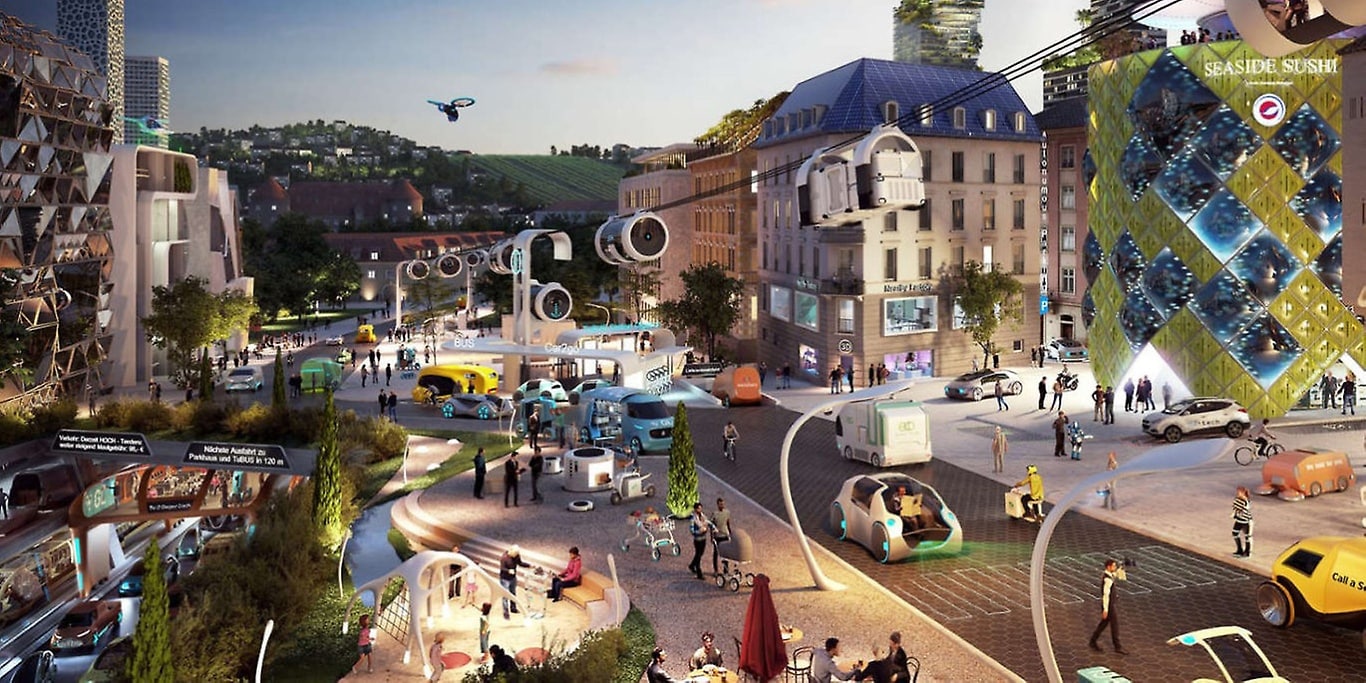If you want to talk to Marianne Reeb about the mobility of tomorrow, most of the time you will experience a sobering insight into today’s mobility first. That’s because the trip from the Daimler Group headquarters in Stuttgart-Untertürkheim to Marianne Reeb’s office at the smart center in Böblingen leads through the Heslacher Tunnel, which appears to have been built by some whim of the gods, or, more likely, the city planners.
This tunnel connects the basin in which Stuttgart is located to the hilly region south of the city. As a result, the tunnel is not only frequently mentioned in the traffic information service on the radio, it’s also a popular excuse for appearing at meetings several minutes after they have started. In many cases, you can even hope to see the other participants understandingly (or even pityingly) nod their heads. This will even make you feel a bit uncomfortable if you objectively come to the conclusion that your tardiness was primarily the result of your own sloppy planning.
Anyhow, the tunnel’s bad reputation is actually undeserved. Ever since it was completed in 1991, the tube has ensured that cars no longer have to struggle up the steep slopes of south Stuttgart — a chore that the city’s residents still performed as a matter of course back in the 1970s and ’80s.
The study of urban mobility is a relatively new discipline, especially when you consider that the automobile is already 133 years old.






